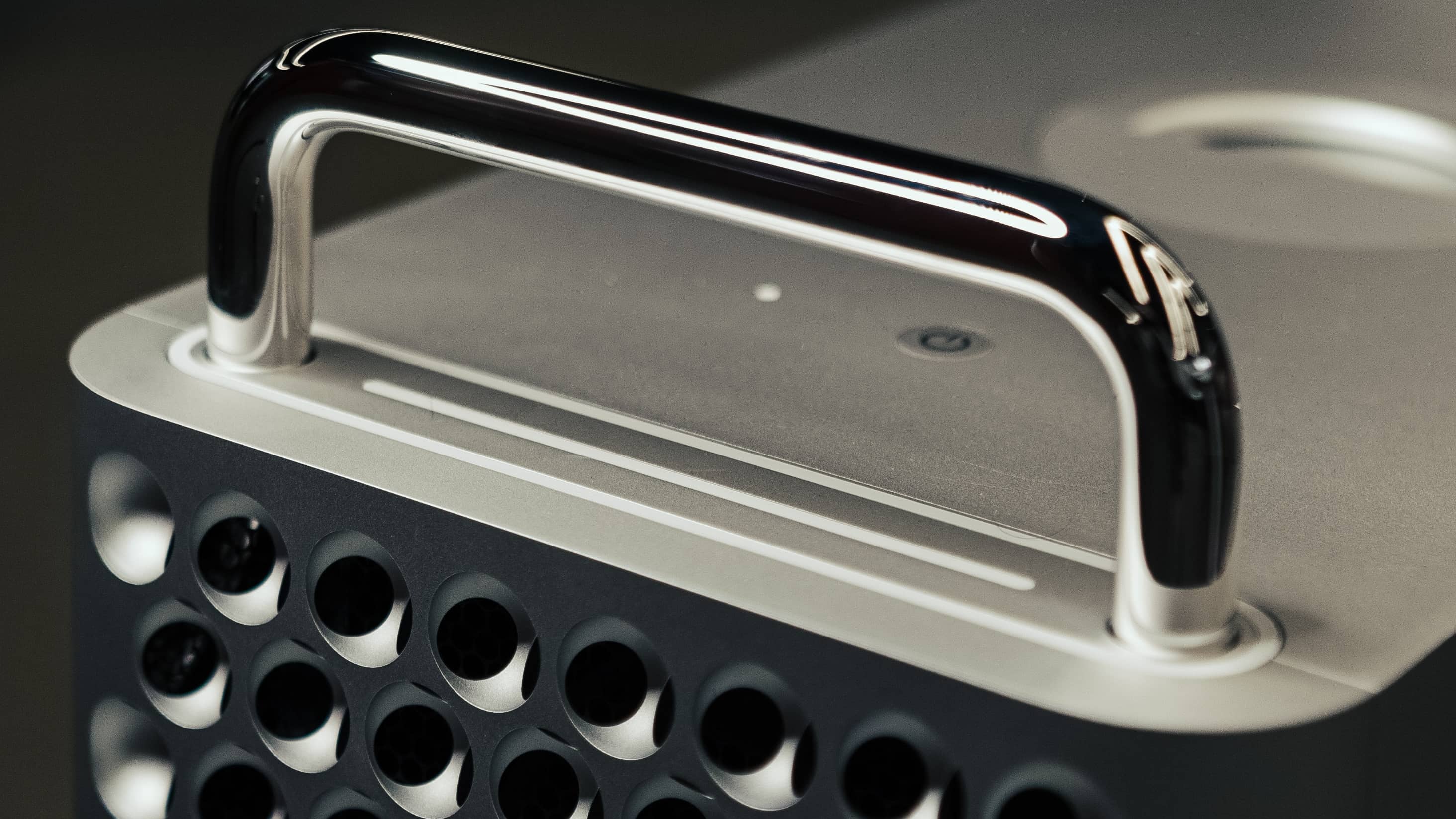Apple is expected to debut its next Mac Pro workstation in late 2025, featuring an M4 chip and supporting nearly three times more RAM than the current model.

There will be no M3-powered Mac Pro this year, Mark Gurman writes on Bloomberg. Due to its niche audience, Apple doesn’t update the Mac Pro workstation every year like it does with its other computers. Instead, the company will beef up Mac Pro in 2025 with upcoming M4 chips and up to 512GB of unified memory.
In comparison, the current M2 Ultra-powered Mac Pro tops out at 192GB of unified memory. Although 512GB of RAM is lots of memory, it may not be enough for the most demanding users. It’s interesting that Apple silicon Mac Pros still can’t touch the last Intel-based model which supported massive RAM expansions up to 1.5TB.
Three main varieties of the Apple M4 chips
Gurman didn’t reveal which processor the next Mac Pro might run but said there will be at least three main varieties of the M4 family of chips in 2025:
- Baseline chip codenamed Donan
- Mid-tier chip codenamed Brava
- Flagship chip codenamed Hidra
If we were speculating, we’d bet on the Hidra chip powering the next Mac Pro. Mark couldn’t pinpoint a launch date, only saying Apple plans to debut an M4-powered Mac Pro “later in 2025.” The most likely places to make a formal announcement are next year’s WWDC in June and a dedicated event in October.
There’s a good reason why Apple silicon Mac Pro doesn’t support user-replaceable RAM and GPU upgrades
The Mac Pro is the most powerful computer in Apple’s lineup, a $7,000 desktop workstation loaded with a bunch of speedy expansion ports. Apple last refreshed Mac Pro in June 2023 with its M3 Ultra chip. The 2023 Mac Pro is the first model to feature Apple silicon and the last Intel-based Mac to make the transition.
However, swapping Intel chips for homegrown ones has made the first Apple silicon Mac Pro weaker than its Intel-based counterpart in terms of expansion. Because the RAM and GPU are integral parts of Apple silicon soldered to the chip’s board, the Mac Pro no longer supports user-replaceable RAM and GPU cards.
This is of no concern to most normal users who use computers for standard things, like surfing the web, writing emails, editing documents, etc. But scientists, developers, filmmakers and others who demand the kind of horsepower the Mac Pro provides certainly aren’t fond of such limitation on a $7,000 computer.